Across the globe, invasive pests wreak havoc on ecosystems, agriculture, and human health, causing billions in economic damage annually. Traditional pest control methods—chemical pesticides, biological controls, and mechanical barriers—often fall short in combating these persistent invaders. In recent years, scientists have begun exploring a revolutionary approach: genetically modified insects designed to suppress or eliminate problematic pest populations. This cutting-edge strategy harnesses the power of gene editing technologies like CRISPR to create insects that can potentially curb their own species’ numbers through various genetic mechanisms. But as with any emerging technology involving genetic modification, this approach raises important questions about effectiveness, ecological impacts, and ethics. This article explores how modified insects might offer sustainable solutions to invasive pest problems, while examining the complexities and considerations surrounding their development and deployment.
The Invasive Pest Crisis: A Growing Global Challenge
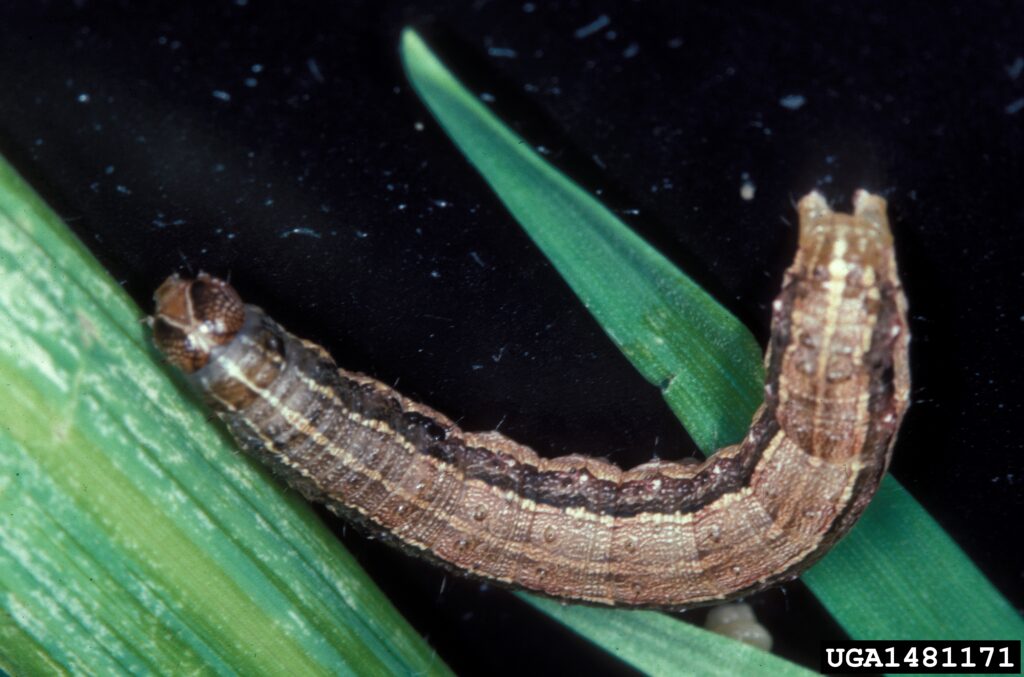
Invasive pest species represent one of the most significant ecological and agricultural threats of our time, with their impacts intensifying due to globalization and climate change. From the emerald ash borer devastating North American forests to fall armyworm destroying African crops, these unwanted invaders cause an estimated $70-120 billion in annual damages in the United States alone. Unlike native pests that have co-evolved with local ecosystems, invasive species often lack natural predators or diseases in their new environments, allowing their populations to explode unchecked. Their rapid spread threatens biodiversity by outcompeting native species, altering habitats, and disrupting ecological relationships that have evolved over millennia. Many invasive insects also transmit diseases affecting humans, wildlife, and plants, further complicating control efforts and magnifying their negative impacts across multiple sectors of society.
Limitations of Traditional Pest Control Methods

Conventional approaches to controlling invasive insects have consistently demonstrated significant shortcomings. Chemical pesticides, while initially effective, often lead to resistance development in target pest populations, requiring increasingly potent formulations that harm beneficial insects and potentially human health. Biological control—introducing natural predators—carries its own risks, as evidenced by the cane toad disaster in Australia, where an introduced species meant to control beetles became an invasive menace itself. Physical barriers and trapping methods typically work only at small scales and require continuous maintenance and monitoring to maintain effectiveness. Even coordinated eradication campaigns utilizing multiple control tactics frequently fail against established invasive insects, as these efforts must achieve near-perfect population elimination to prevent rapid rebound from surviving individuals. These limitations have created an urgent need for innovative approaches that can provide more targeted, sustainable, and effective control of problematic insect species.
Understanding Genetic Modification Techniques for Insects
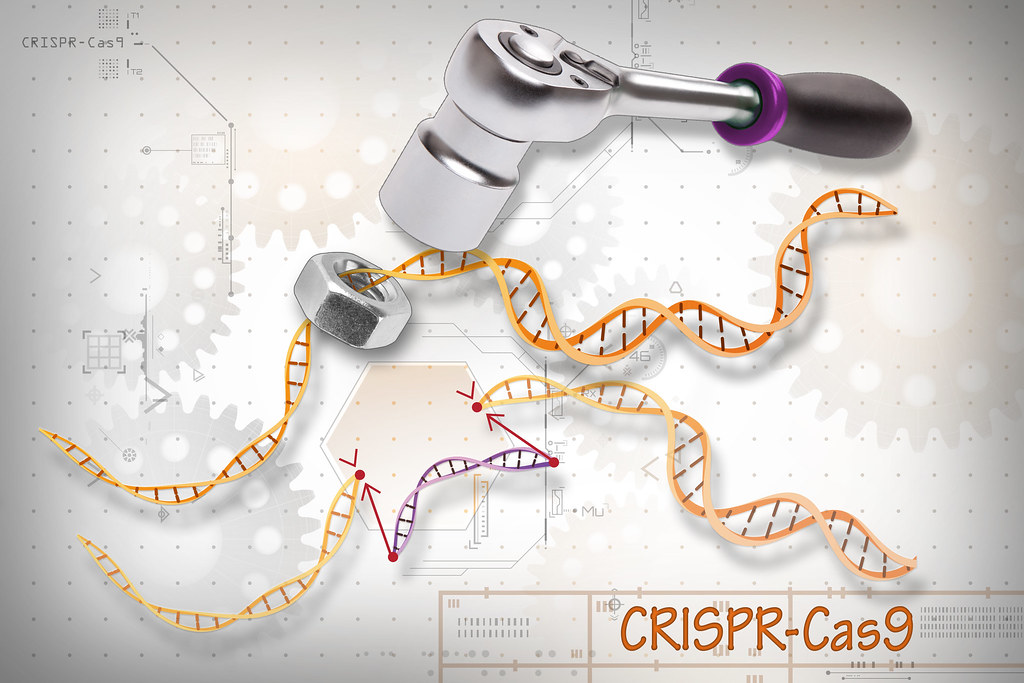
The genetic modification of insects involves sophisticated biotechnology techniques that alter an organism’s DNA to express specific traits advantageous for pest management. The most prominent technologies include CRISPR-Cas9, which allows scientists to precisely edit genes by cutting DNA at targeted locations and directing cellular repair mechanisms. Researchers also employ transposon-based systems that can insert genetic material into insect genomes at specific sites. Gene drive technologies represent perhaps the most revolutionary approach, creating genetic modifications that spread through populations at rates exceeding normal inheritance patterns—potentially converting entire wild populations within a few generations. Other techniques include RNA interference (RNAi) that can temporarily suppress gene expression without permanent genetic changes. These various approaches differ in their permanence, specificity, and potential ecological impacts, offering a toolkit from which scientists can select the most appropriate technology for specific pest management challenges.
The Sterile Insect Technique: An Early Success Story
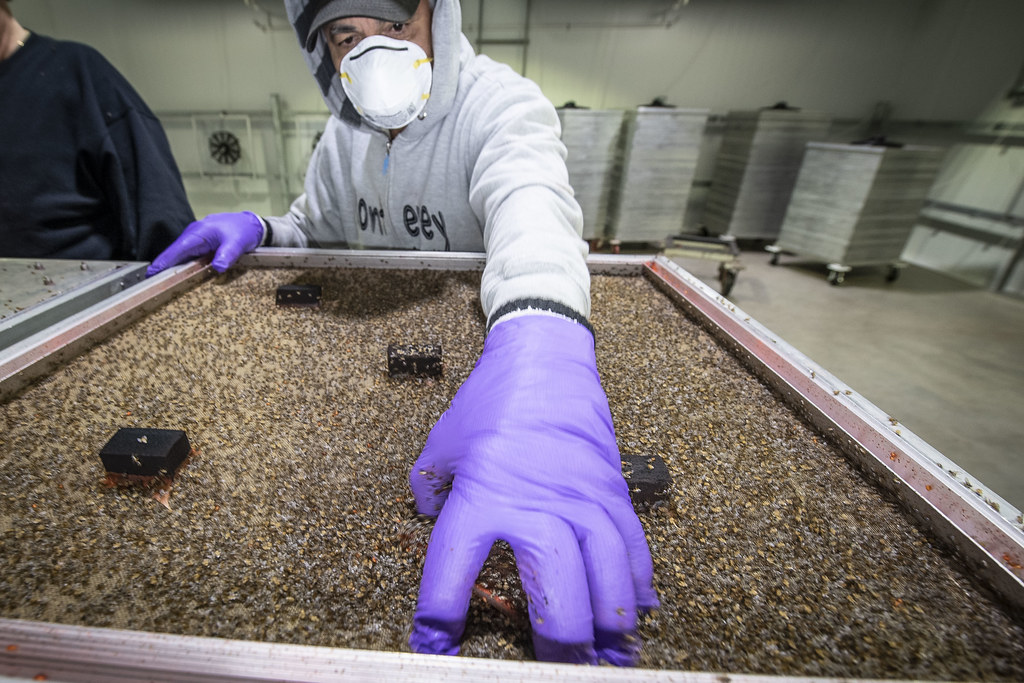
The Sterile Insect Technique (SIT) represents one of the earliest and most successful applications of modified insects for pest management, providing a proven foundation for newer genetic approaches. Developed in the 1950s, SIT involves mass-rearing target insects, sterilizing them through radiation or chemicals, and releasing them into the wild where they mate with fertile wild insects but produce no offspring. This technique achieved remarkable success against the screwworm fly, completely eradicating this devastating livestock pest from North America and saving the cattle industry billions of dollars. Similar SIT programs have effectively suppressed or locally eliminated Mediterranean fruit fly populations in various regions, protecting valuable fruit crops. While traditional SIT relies on radiation rather than genetic modification, modern variants incorporate genetic modifications that improve efficiency by allowing sex-sorting before release or creating self-limiting genetic systems that achieve the same sterility outcome with greater precision. These successes demonstrate the potential for insect-based approaches to manage pest populations effectively at landscape scales.
Gene Drive Technology: A Revolutionary Approach

Gene drive technology represents a paradigm shift in genetic pest management by overriding normal inheritance patterns to rapidly spread engineered traits throughout wild populations. Unlike conventional genetic modifications that follow Mendelian inheritance (50% chance of passing to offspring), gene drives can ensure nearly 100% transmission to progeny, potentially transforming entire wild populations within just a few generations. Scientists have developed several types of gene drive systems, including those that disrupt fertility genes, bias offspring sex ratios to crash populations, or alter insects’ ability to transmit diseases. Laboratory experiments with malaria-carrying mosquitoes have demonstrated successful population suppression and disease-transmission blocking using gene drive approaches. This technology offers unprecedented efficiency and potential permanence compared to other control methods, as releases require far fewer modified insects to achieve population-wide effects. However, this same power also raises significant concerns about containment, reversibility, and potential ecological consequences if gene drives spread beyond intended target populations.
Case Study: Modified Mosquitoes Against Disease
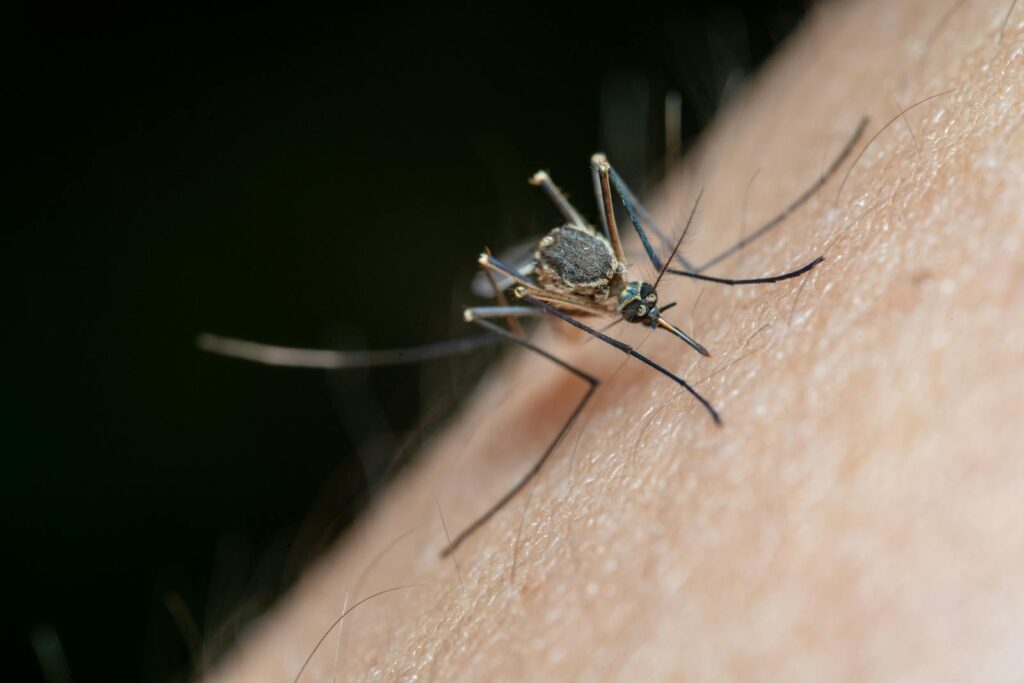
Genetically modified mosquitoes represent the most advanced application of this technology, with several field trials already conducted against disease vectors. The British company Oxitec has developed and deployed “self-limiting” Aedes aegypti mosquitoes carrying genes that prevent their offspring from surviving to adulthood. Field trials in Brazil, Panama, and the Cayman Islands demonstrated population reductions of over 90% in targeted areas, potentially reducing transmission of dengue, Zika, and other mosquito-borne diseases. More recently, trials in Florida have tested similar approaches in the United States. Another promising approach uses Wolbachia bacteria to make mosquitoes resistant to carrying dengue and other viruses, with the World Mosquito Program implementing this method across multiple countries. These real-world applications provide valuable insights into the practicalities, challenges, and effectiveness of deploying modified insects for population management. The mosquito work also highlights how genetic approaches can be particularly valuable against insects that threaten human health, where the risk-benefit calculations may favor intervention more clearly than in purely ecological contexts.
Potential Applications for Agricultural Pest Management
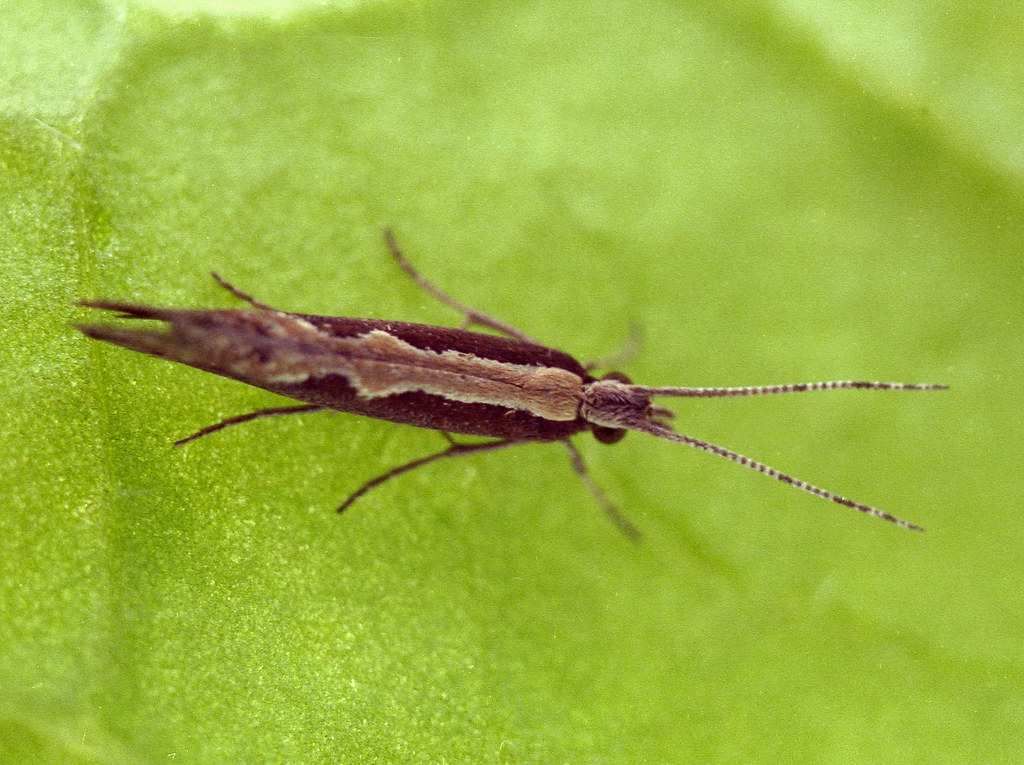
Agricultural pest management represents one of the most promising frontiers for genetically modified insects, with numerous applications under development. Researchers are creating modified fruit flies, bollworms, and other crop pests carrying genes that either prevent reproduction or spread susceptibility to specific control measures throughout wild populations. For instance, scientists have developed diamondback moths—a devastating pest of cruciferous vegetables—with self-limiting genes that prevent female offspring from surviving, potentially protecting broccoli, cabbage, and related crops. Similar approaches target spotted wing drosophila, which damages soft fruits, and fall armyworm, which threatens corn and other staple crops across multiple continents. These agricultural applications could significantly reduce pesticide use while improving crop yields and food security. The economic incentives for developing such solutions are substantial, given that agricultural pests destroy an estimated 20-40% of global crop production annually. Additionally, because agricultural environments are already heavily managed ecosystems, they may present fewer ecological concerns for testing these technologies compared to natural habitats.
Targeting Invasive Species in Natural Ecosystems
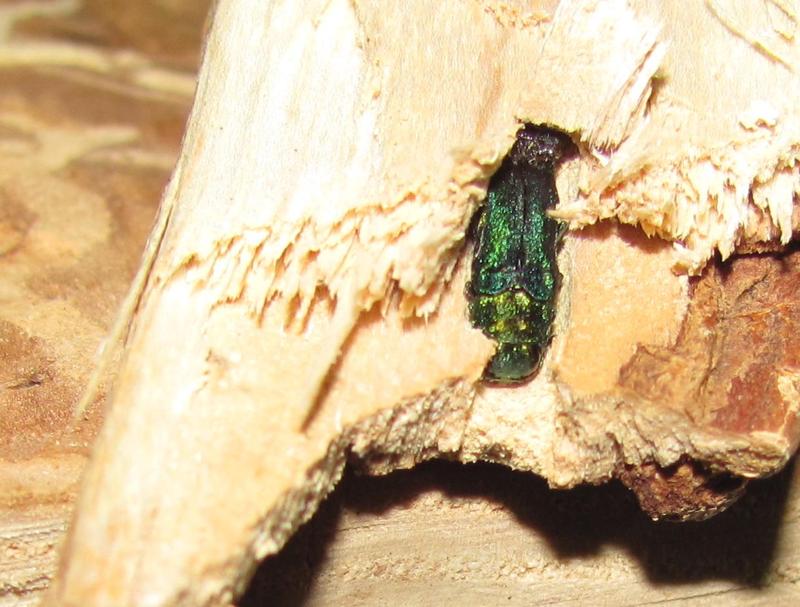
Natural ecosystems facing invasive insect threats present both compelling opportunities and significant challenges for genetic intervention strategies. Researchers are exploring genetic tools to combat devastating invaders like the emerald ash borer, which has killed hundreds of millions of ash trees across North America, and the spotted lanternfly, which threatens vineyards and orchards throughout the eastern United States. These applications would target non-native species specifically, potentially restoring ecological balance disrupted by human-introduced pests. Unlike agricultural settings, successful interventions in natural ecosystems could protect countless native species, preserve biodiversity, and maintain ecosystem services that would otherwise be lost to invasive insects. However, deploying genetic technologies in natural environments raises additional concerns about unintended ecological consequences, potential impacts on related native species, and the difficulty of containing genetic modifications within specific geographic boundaries. These applications therefore require particularly careful risk assessment, regulatory scrutiny, and stakeholder engagement before field implementation.
Ecological Considerations and Potential Risks
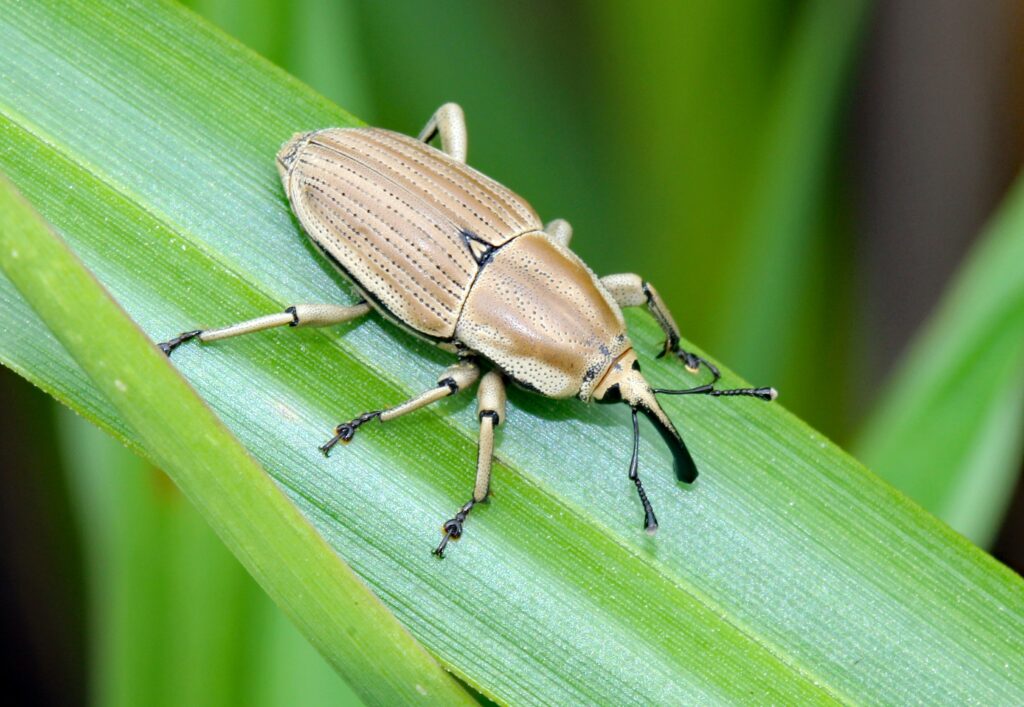
The ecological implications of releasing genetically modified insects demand thorough consideration, as interventions could have far-reaching consequences beyond target pest populations. Scientists must evaluate how removing or suppressing a pest species might affect food webs and ecological relationships, even when targeting harmful invasive species. Potential risks include unintended gene transfer to non-target organisms through hybridization, though this concern varies greatly depending on the presence of compatible relatives in the release environment. Another consideration involves the evolutionary response of target populations, which might develop resistance to genetic modifications just as they do to conventional pesticides. More complex ecological concerns include the possibility that removing one pest could create ecological space for another problematic species to establish. Additionally, some genetic modifications might spread beyond intended geographical boundaries through natural insect movement or human transportation, potentially affecting populations in regions where the species is native and ecologically important. These considerations underscore the need for careful risk assessment protocols specific to each application and release environment.
Ethical and Social Considerations

The development and deployment of genetically modified insects raises profound ethical questions that extend beyond scientific and ecological considerations. Many people hold fundamental concerns about humans manipulating the genetic makeup of wild organisms, particularly when modifications are designed to suppress or eliminate entire populations. Religious and cultural perspectives on humanity’s relationship with nature and our proper role as stewards or manipulators of ecosystems further complicate these discussions. Social justice dimensions also emerge when considering who decides when and where to release modified insects, as local communities may have different priorities or risk tolerances than scientists or regulatory agencies. Questions of consent become particularly complex for technologies like gene drives that could potentially spread across national borders. Additionally, some critics worry about potential corporate control over these technologies, as proprietary genetic systems could create dependencies or power imbalances in pest management. Addressing these ethical dimensions requires inclusive stakeholder engagement processes that respect diverse perspectives and ensure decisions reflect broad societal values rather than purely technical considerations.
Regulatory Frameworks and Governance Challenges
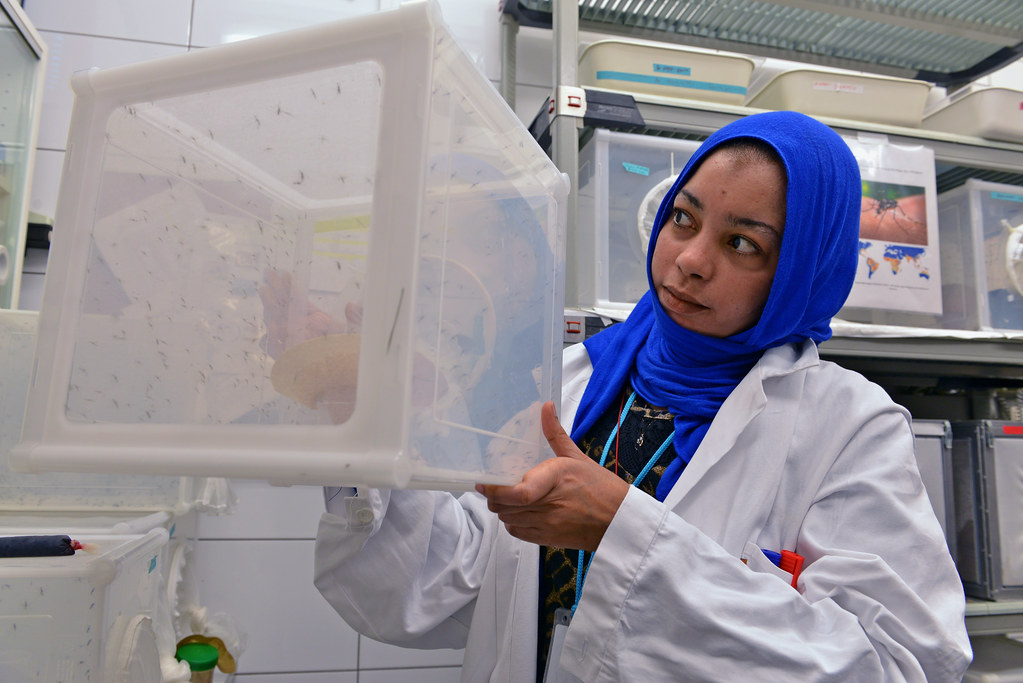
Governing the development and release of genetically modified insects presents unprecedented regulatory challenges that existing frameworks struggle to address adequately. Current regulations vary dramatically between countries, creating inconsistent oversight and potential regulatory gaps for technologies that could spread across international boundaries. Most existing biotechnology regulations were designed for genetically modified plants or contained laboratory organisms, not self-replicating insects intended for environmental release and population-level effects. Key governance questions include determining appropriate risk assessment methodologies, establishing monitoring requirements, and creating mechanisms for addressing unintended consequences. International coordination remains particularly challenging yet essential, as exemplified by ongoing discussions within the Convention on Biological Diversity regarding governance of synthetic biology and gene drives. Some experts advocate for tiered approval processes with phased testing, beginning with laboratory studies and progressing through increasingly realistic but contained field trials before considering open environmental releases. Developing robust, adaptive, and internationally harmonized regulatory approaches represents one of the most significant challenges to responsible advancement of this technology.
Public Perception and Stakeholder Engagement
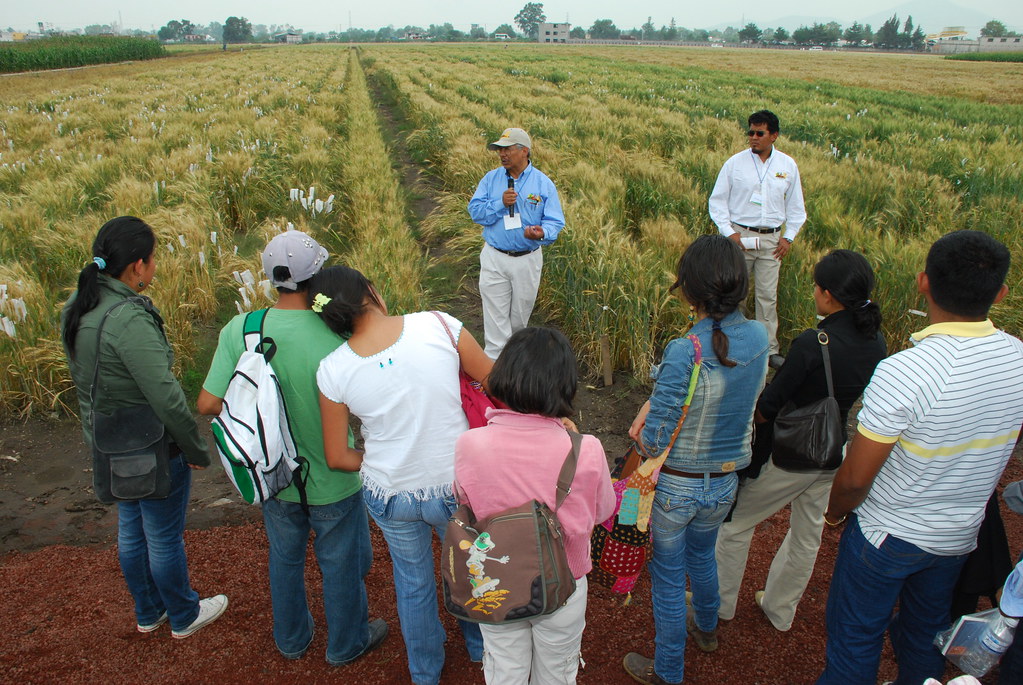
Public acceptance ultimately represents a crucial determinant of whether genetically modified insects will become widely deployed tools for invasive pest management. Research consistently shows that public attitudes toward these technologies vary significantly based on application, perceived risks and benefits, and trust in governing institutions. Early and meaningful stakeholder engagement has proven essential for successful field trials, as demonstrated in community consultation processes for modified mosquito releases in Brazil and Florida. These experiences highlight the importance of transparent communication about both the potential benefits and limitations of the technology, avoiding oversimplified messaging that promises perfect solutions. Educational outreach that helps non-specialists understand both the technology and the problems it aims to address has proven particularly effective in building informed public discourse. Many experts now advocate for co-development approaches that involve diverse stakeholders—including local communities, environmental organizations, and indigenous groups—in research design and decision-making from the earliest stages, rather than simply seeking approval for predetermined plans.
Future Directions and Emerging Technologies

The field of genetically modified insects continues evolving rapidly, with several emerging technologies promising to enhance both effectiveness and safety. Researchers are developing precision-guided gene drives that would function only in specific target species, eliminating concerns about cross-species transfer. Another promising direction involves temporally limited modifications that would automatically deactivate after a certain number of generations, building reversibility directly into the technology. Advances in ecological modeling and genomic surveillance tools are improving scientists’ ability to predict and monitor impacts of released modified insects in complex environments. Some research teams are exploring modifications that make pest insects more susceptible to naturally derived control substances, bridging conventional and genetic approaches. Looking further ahead, the integration of genetic technologies with other emerging tools—such as artificial intelligence for predicting optimal release strategies or advanced monitoring systems using environmental DNA—could create increasingly sophisticated and responsive pest management systems. These technological advances, coupled with evolving governance frameworks, suggest genetically modified insects will likely play an expanding but carefully managed role in addressing invasive pest challenges.
Conclusion: Balancing Innovation and Caution
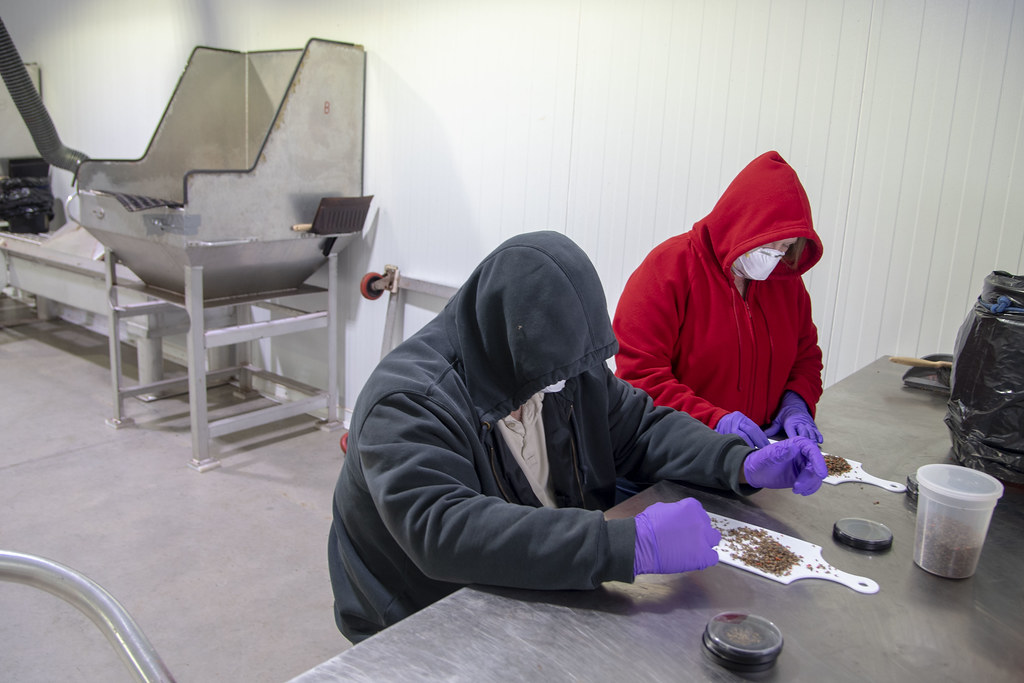
Genetically modified insects represent a powerful potential tool in humanity’s struggle against invasive pests, offering targeted approaches that could overcome many limitations of conventional pest management. The technology has demonstrated promising results in controlled settings and early field applications, particularly for disease-carrying mosquitoes and certain agricultural pests. However, the power of these genetic interventions—especially gene drives that can potentially transform entire wild populations—demands corresponding caution, thorough risk assessment, and inclusive decision-making processes. Rather than viewing genetic modifications as standalone solutions, they will likely prove most valuable as components of integrated pest management approaches that combine multiple strategies tailored to specific contexts. With careful development, appropriate safeguards, and genuine stakeholder engagement, genetically modified insects could help address some of our most challenging invasive pest problems while respecting ecological integrity and diverse societal values.

